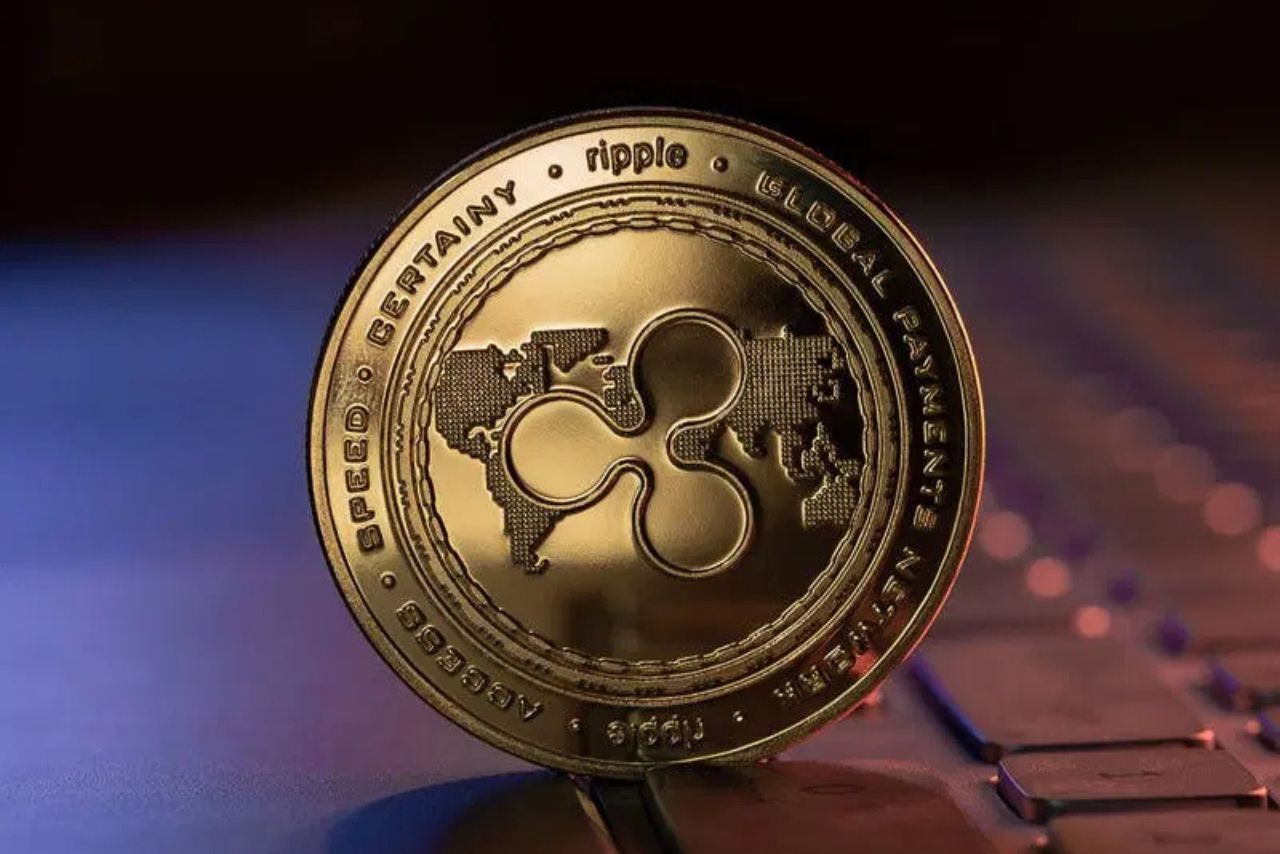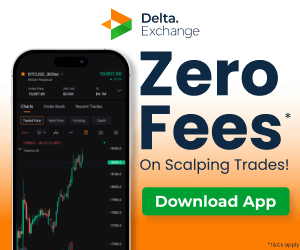In a bold move signalling its ambition to dominate institutional crypto services, Ripple announced plans to acquire prime brokerage Hidden Road for $1.25 billion.
The deal, finalised Tuesday, marks Ripple’s largest purchase to date and positions its XRP Ledger (XRPL) as a hub for tokenised assets. With Hidden Road processing over $10 billion daily, industry leaders call the merger a potential game-changer for blockchain-powered finance.
Ripple’s Billion-Dollar Bet on Institutional Infrastructure
Ripple CEO Brad Garlinghouse framed the acquisition as critical for bridging crypto and traditional finance. “Hidden Road’s infrastructure will accelerate institutional adoption,” he told CNBC. The brokerage, founded in 2018, serves 300+ clients, including hedge funds, and clears $3 trillion annually across forex, derivatives, and digital assets.
Garlinghouse noted Hidden Road sought capital to overcome balance sheet constraints. “This isn’t just about scale; it’s about creating top-tier tools for TradFi players entering crypto,” he added. Post-acquisition, Hidden Road will integrate Ripple’s RLUSD stablecoin as collateral, streamlining margin requirements for complex trades.
XRPL Increased Tokenized Asset Pile
Ripple CTO David Schwartz hailed the deal as a “defining moment” for XRPL, predicting a flood of institutional activity. Currently, the ledger hosts just two tokenised real-world assets (RWAs) worth $50 million. However, Schwartz envisions Hidden Road migrating “even a fraction” of its $10 billion daily volume to XRPL.
“Imagine tokenised collateral and RWAs moving seamlessly on our ledger,” he tweeted. Last November, Ripple partnered with Archax to launch a tokenised money market fund, signalling its RWA ambitions. The global RWA market grew 9.2% last month despite crypto’s slump, per RWA.xyz.
Hidden Road Supercharges Ripple’s Stablecoin
Central to the merger is RLUSD, Ripple’s December-launched stablecoin. Hidden Road plans to use it as default collateral, potentially boosting liquidity. “Stablecoins are the backbone of institutional crypto trading,” Garlinghouse emphasised. Analysts agree: Tokenised RWAs could become a $10 trillion market by 2030, spanning bonds, real estate, and commodities.
Major players like CME and Google already explore blockchain efficiency tools. Prometheum CEO Aaron Kaplan said, “Regulatory clarity and secondary markets are the final hurdles.” Ripple’s move may accelerate both.
M&A Momentum
The deal follows Ripple’s partial victory against the SEC, which dropped charges over XRP’s security status in March. Moreover, Donald Trump’s pro-crypto stance has increased industry confidence. “Deals thrive in supportive environments, not legal battles,” Garlinghouse remarked, criticising former SEC Chair Gary Gensler’s “aggressive tactics.”
While awaiting regulatory approvals, Ripple eyes a Q3 2025 closure. The acquisition outpaces Stripe’s $1.1 billion purchase of stablecoin platform Bridge, underscoring crypto’s M&A resurgence.
Competition Heats Up in Prime Brokerage Race
As TradFi and crypto firms vie for RWA dominance, Hidden Road’s tech stack gives Ripple an edge. Prime brokerages require robust collateral management, a pain point RLUSD aims to solve. “Institutions demand efficiency,” noted Garlinghouse. “We’re building the rails they trust.”
On the other hand, rivals like Coinbase and BitGo expand custody services. Yet Ripple’s focus on seamless integration between XRPL and legacy systems could prove disruptive.
What Will Be The Future Of XRP?
Post-merger, Ripple will prioritise merging Hidden Road’s network with XRPL’s speed and low fees. Schwartz hinted at upcoming tokenisation tools, while Garlinghouse teased “major partnerships” in Q4.
With RWAs gaining traction and regulators easing resistance, Ripple bets billions on a blockchain-powered financial future. As Schwartz declared, “This is where the real transformation begins.”
Written By Fazal Ul Vahab C H



